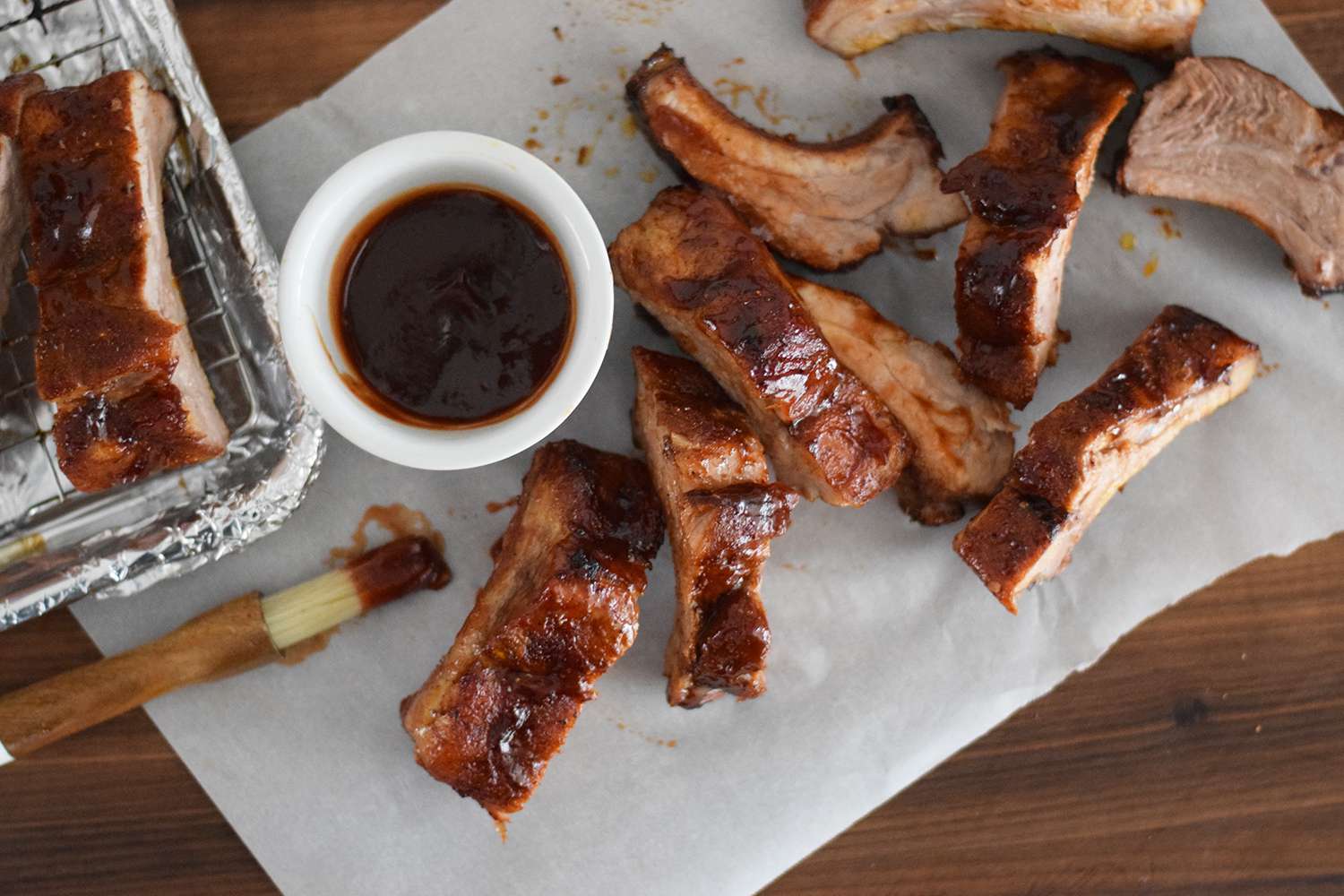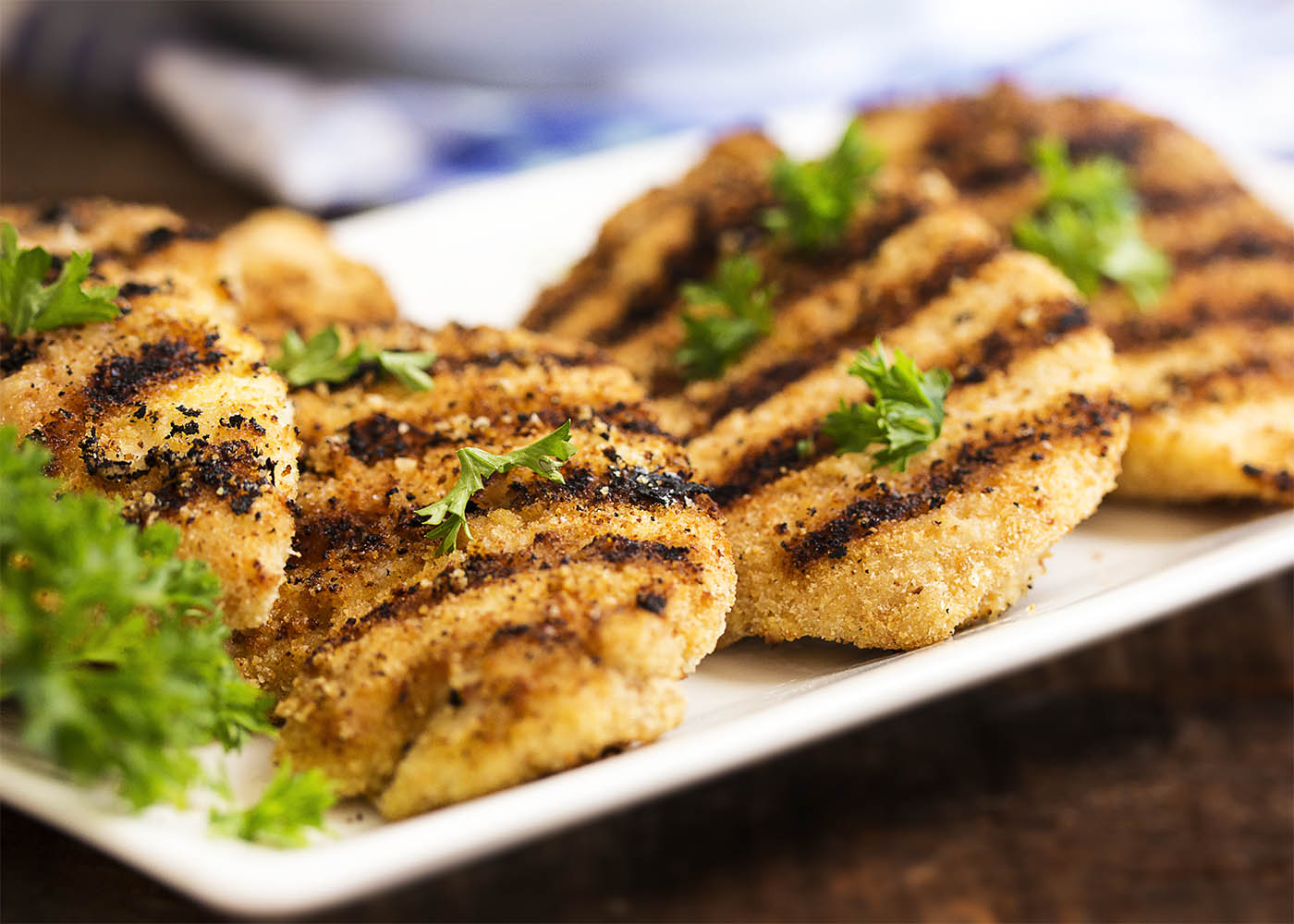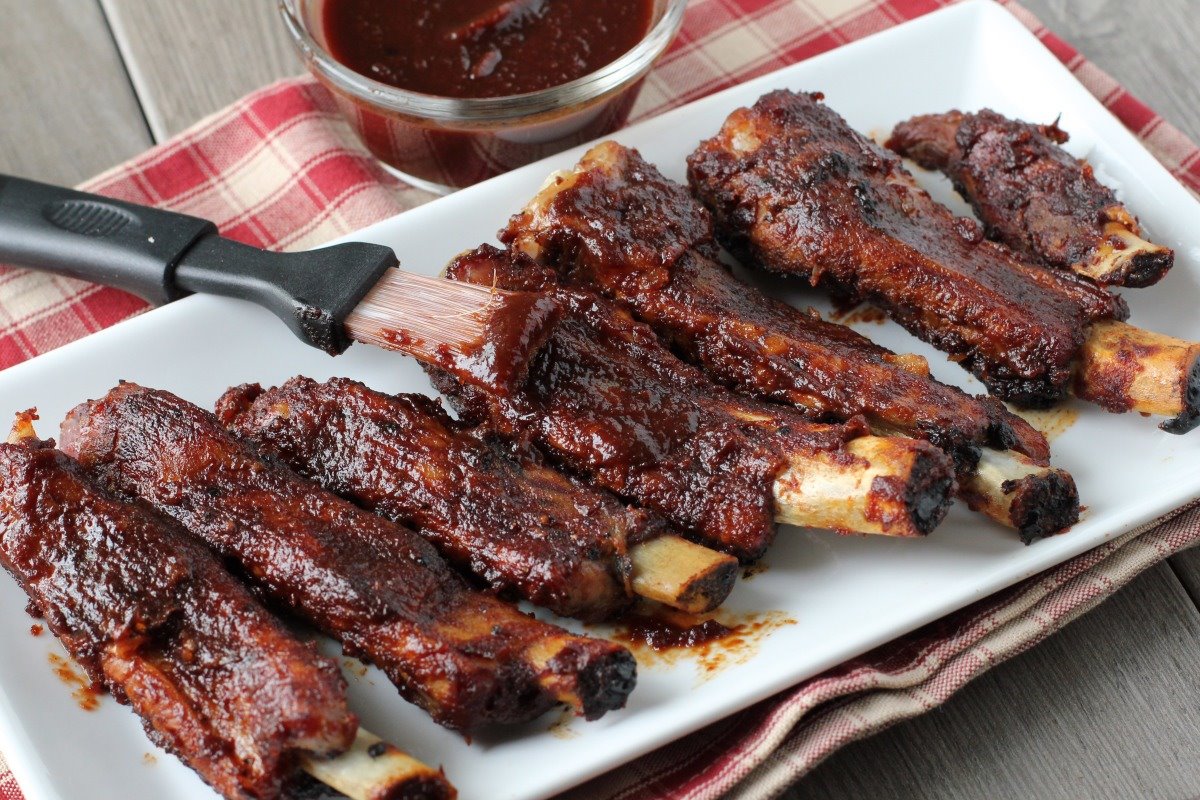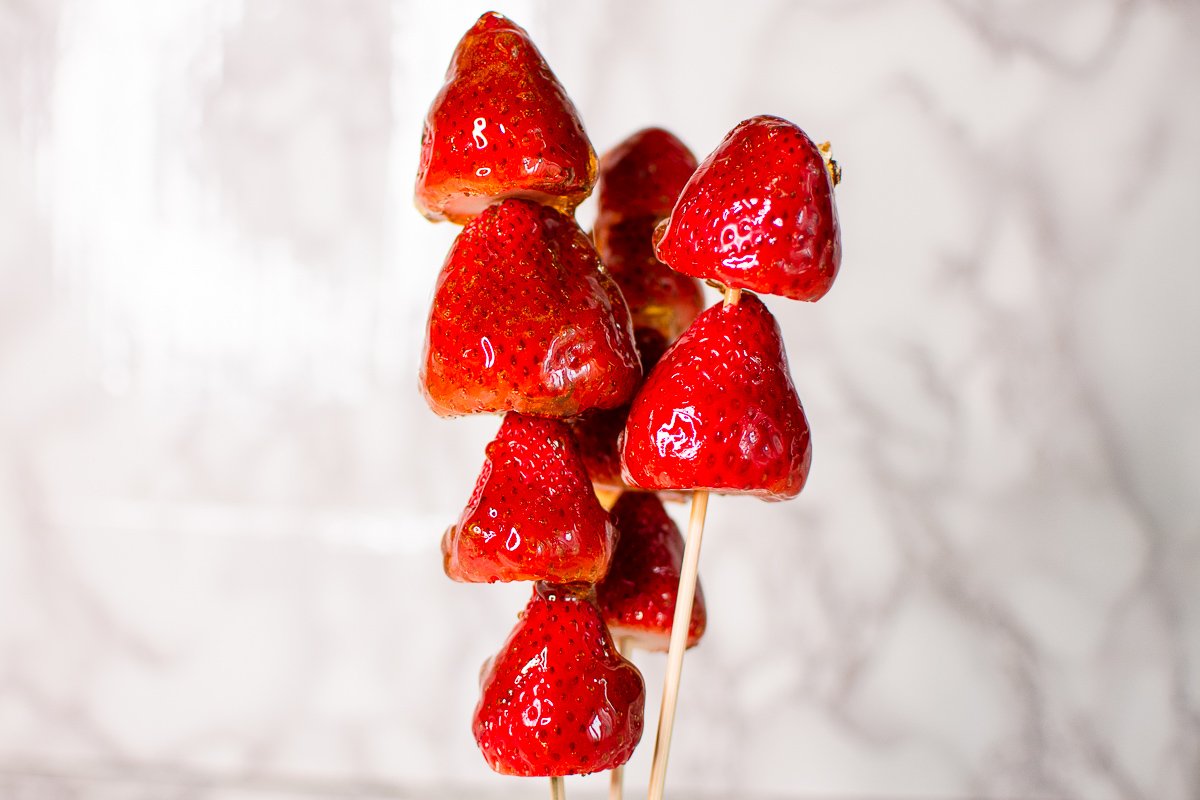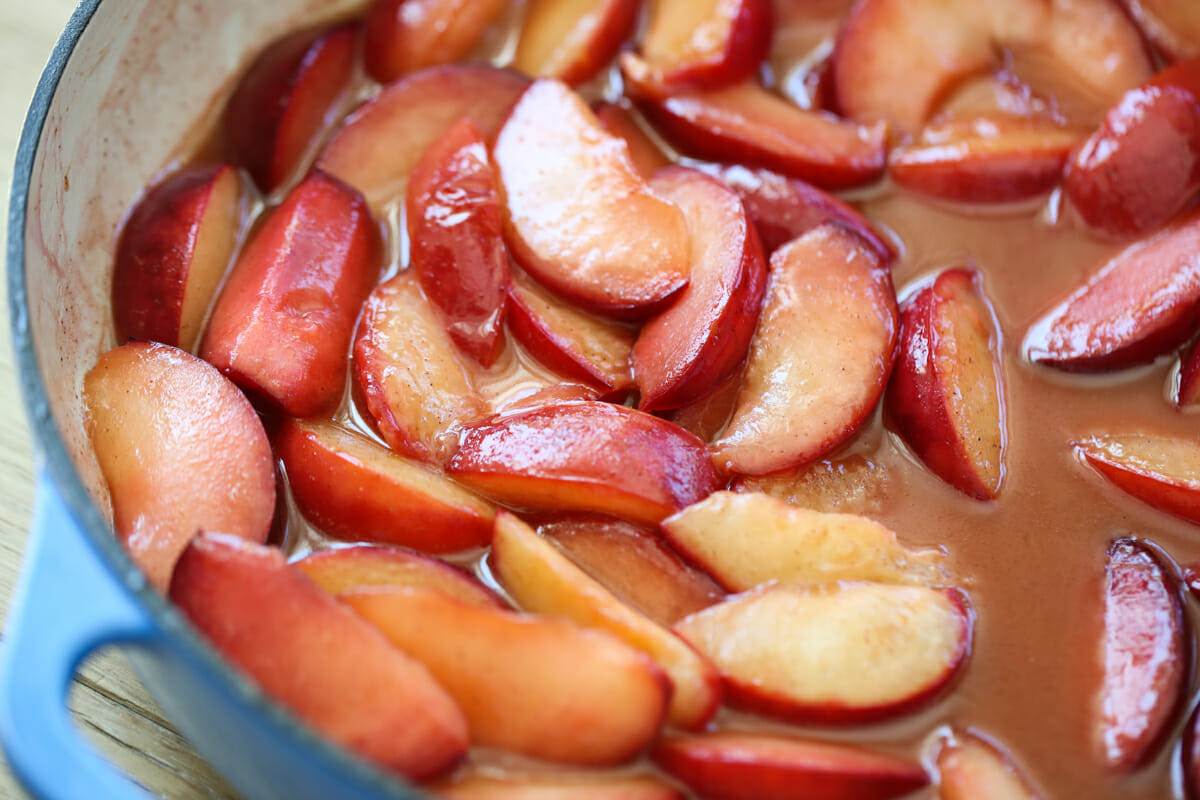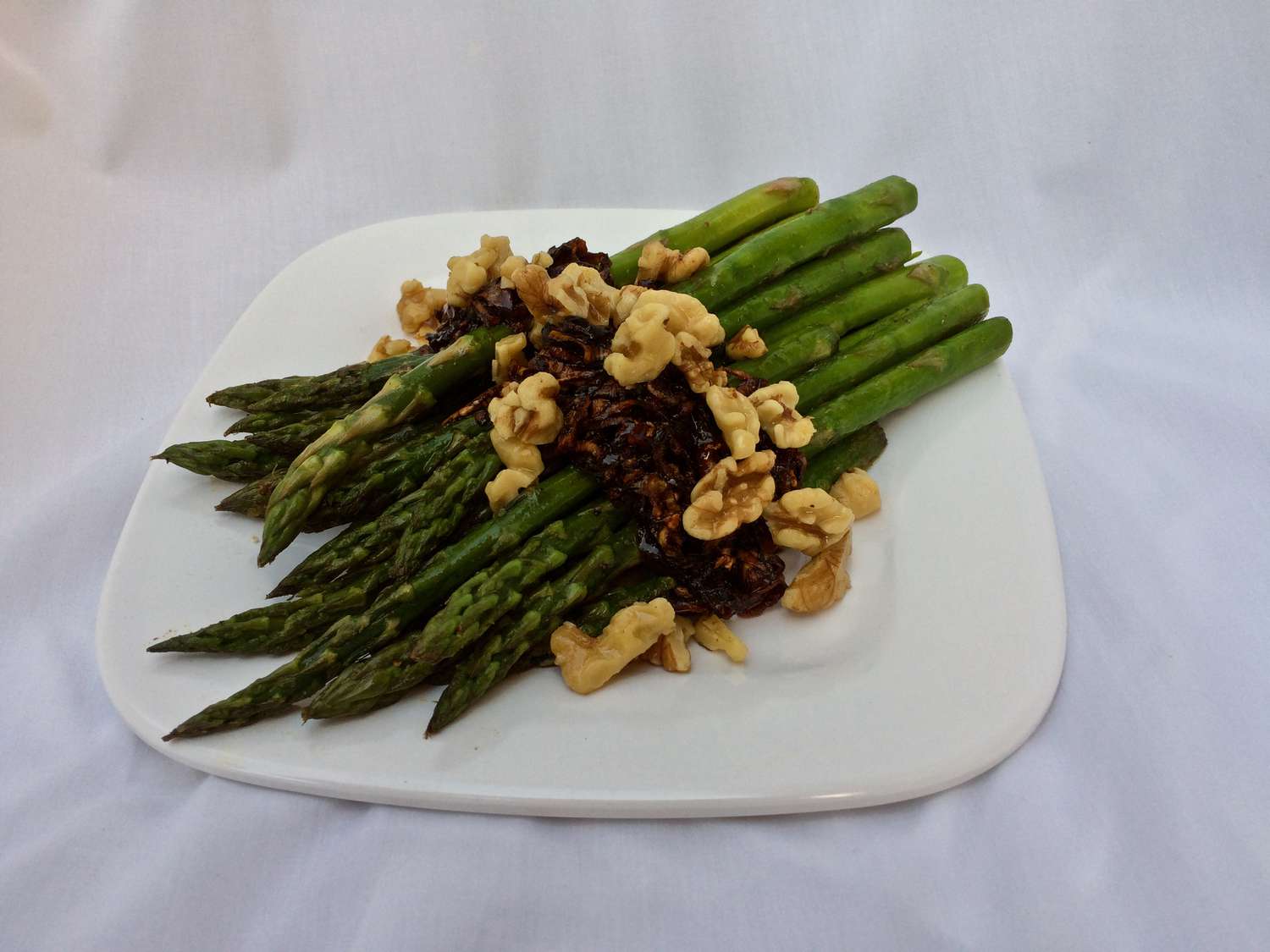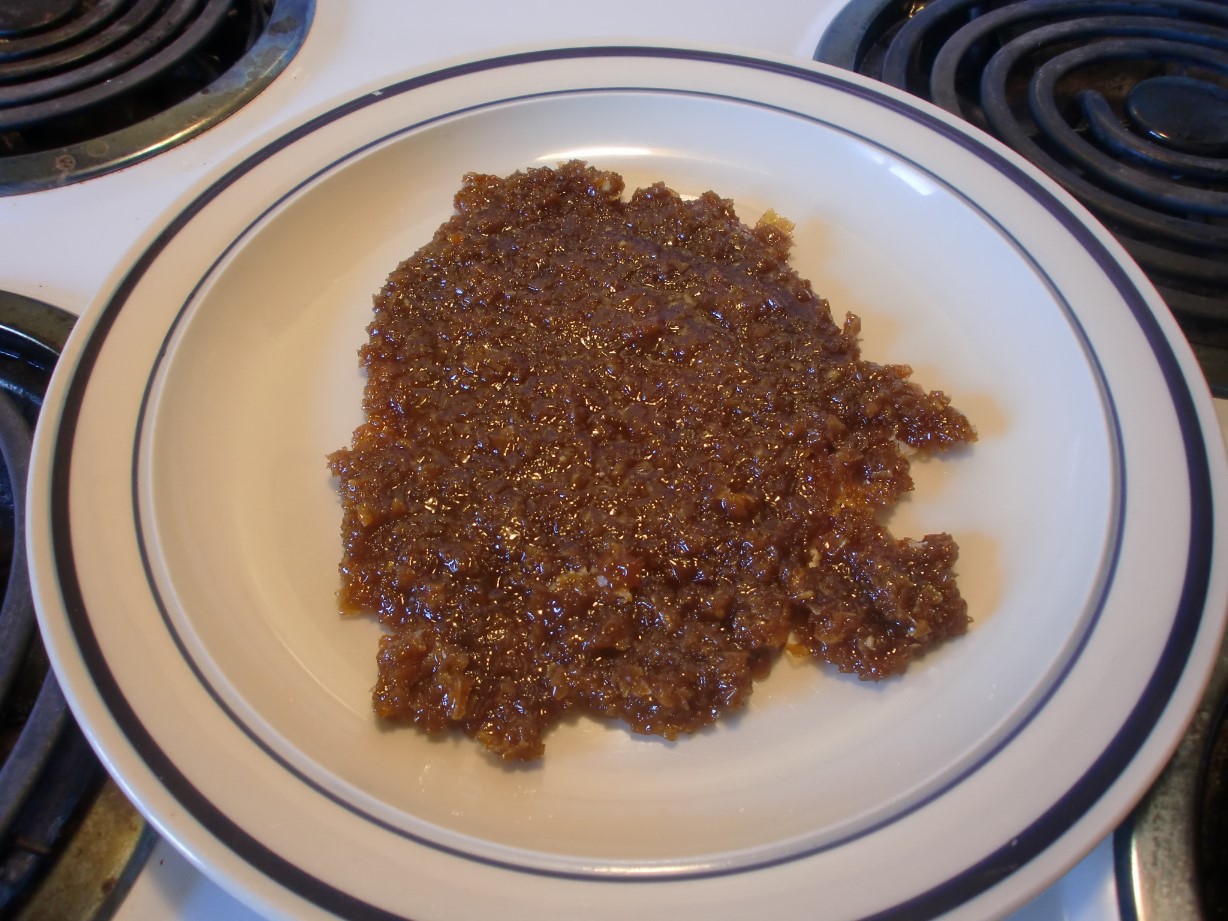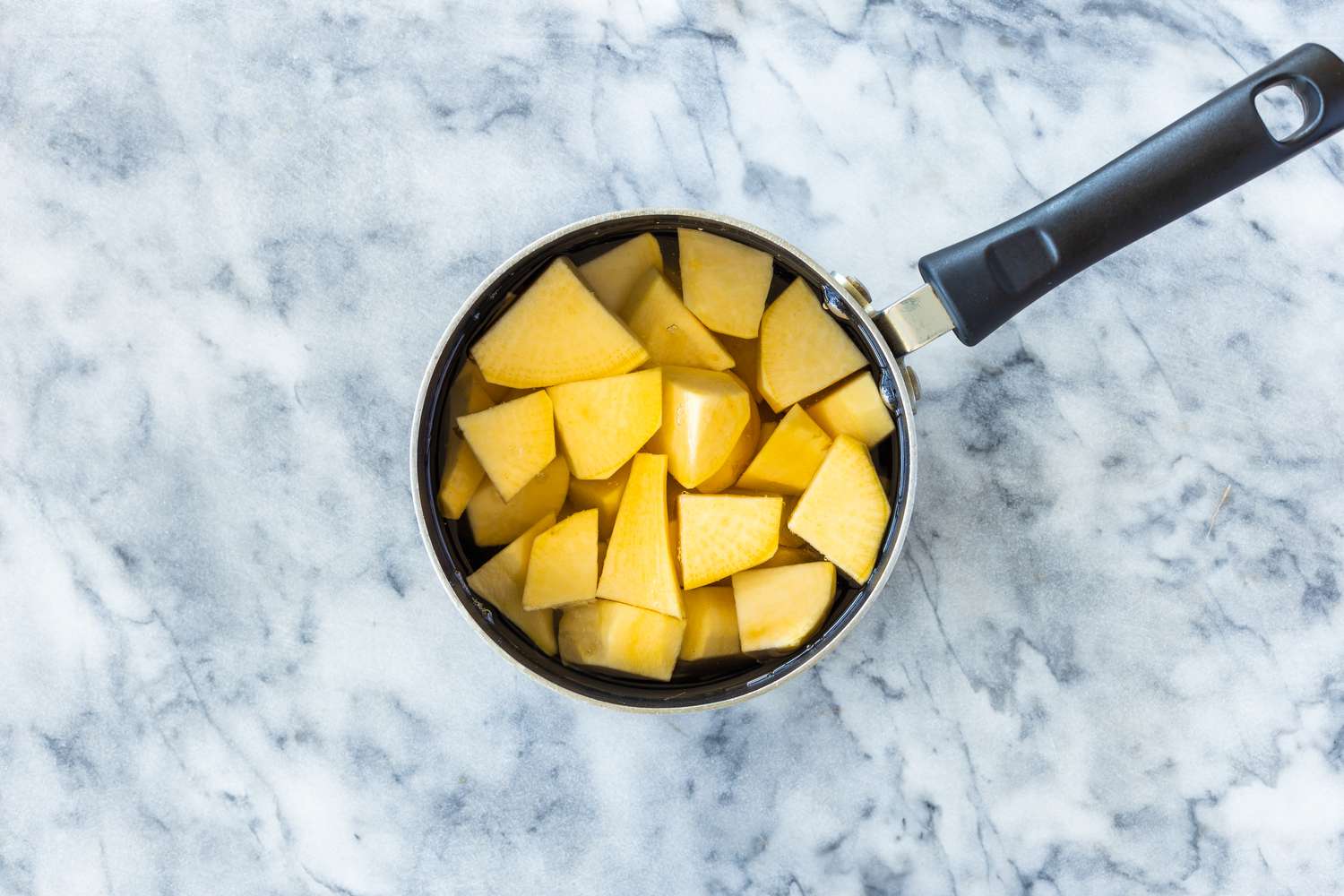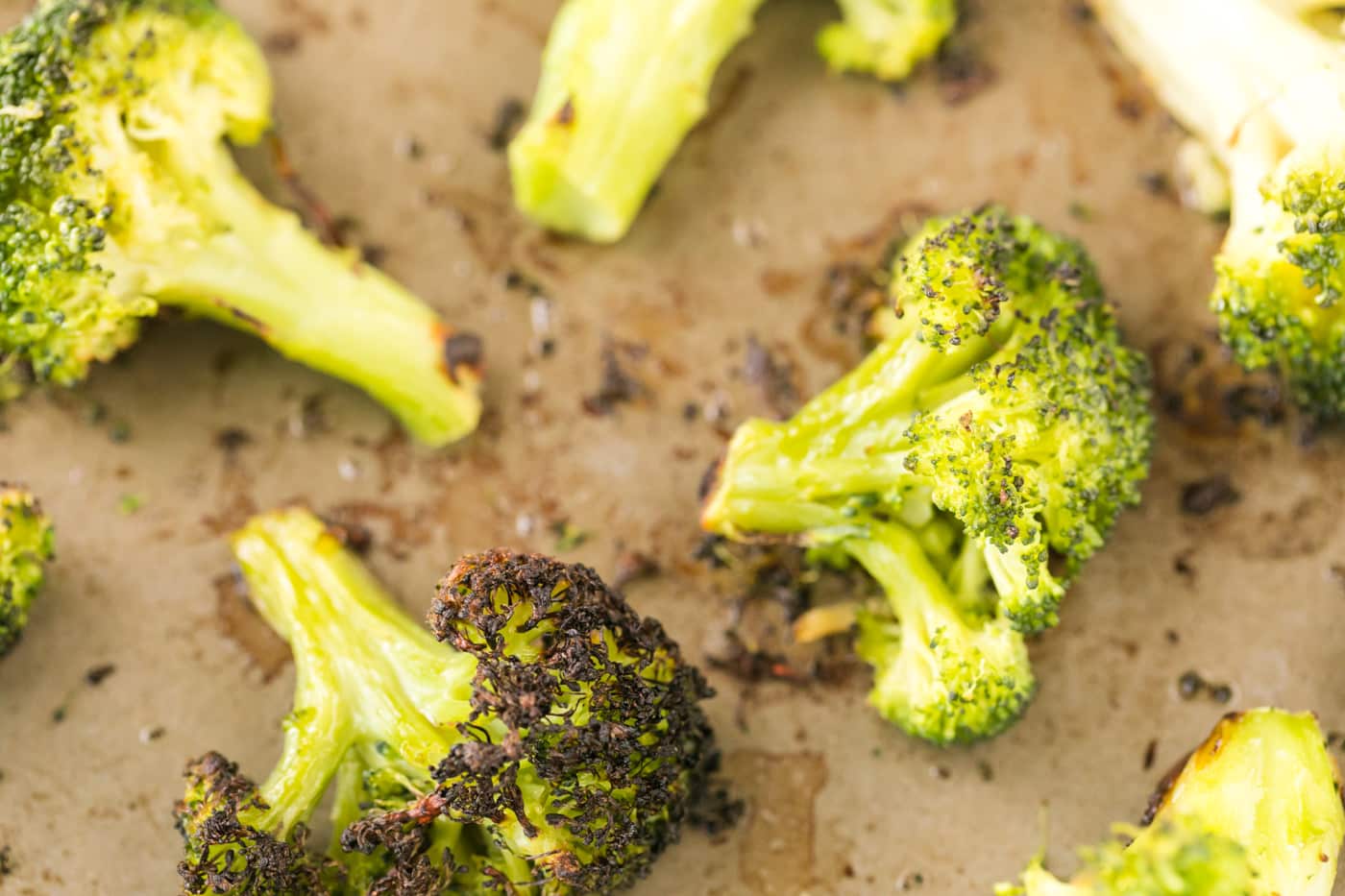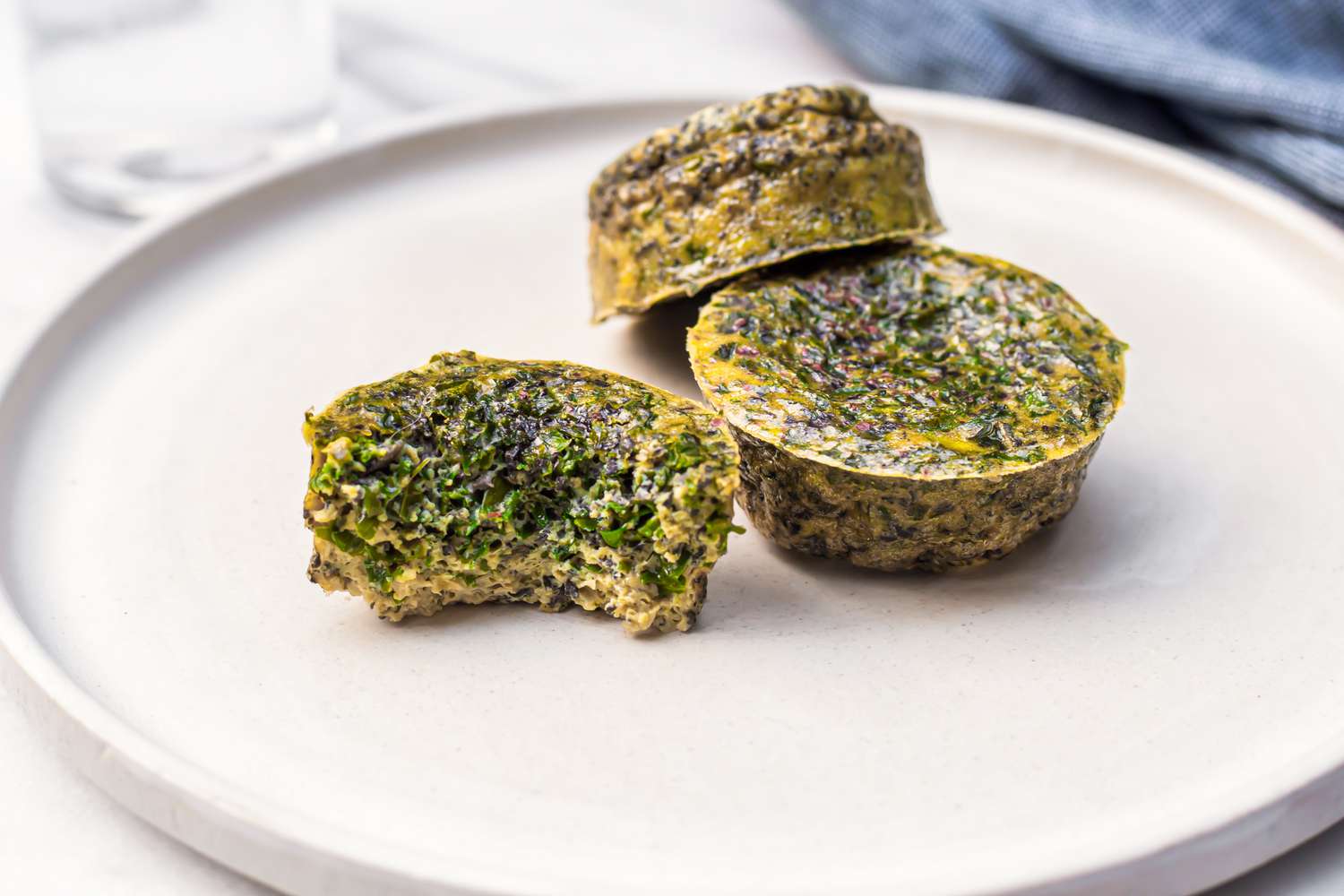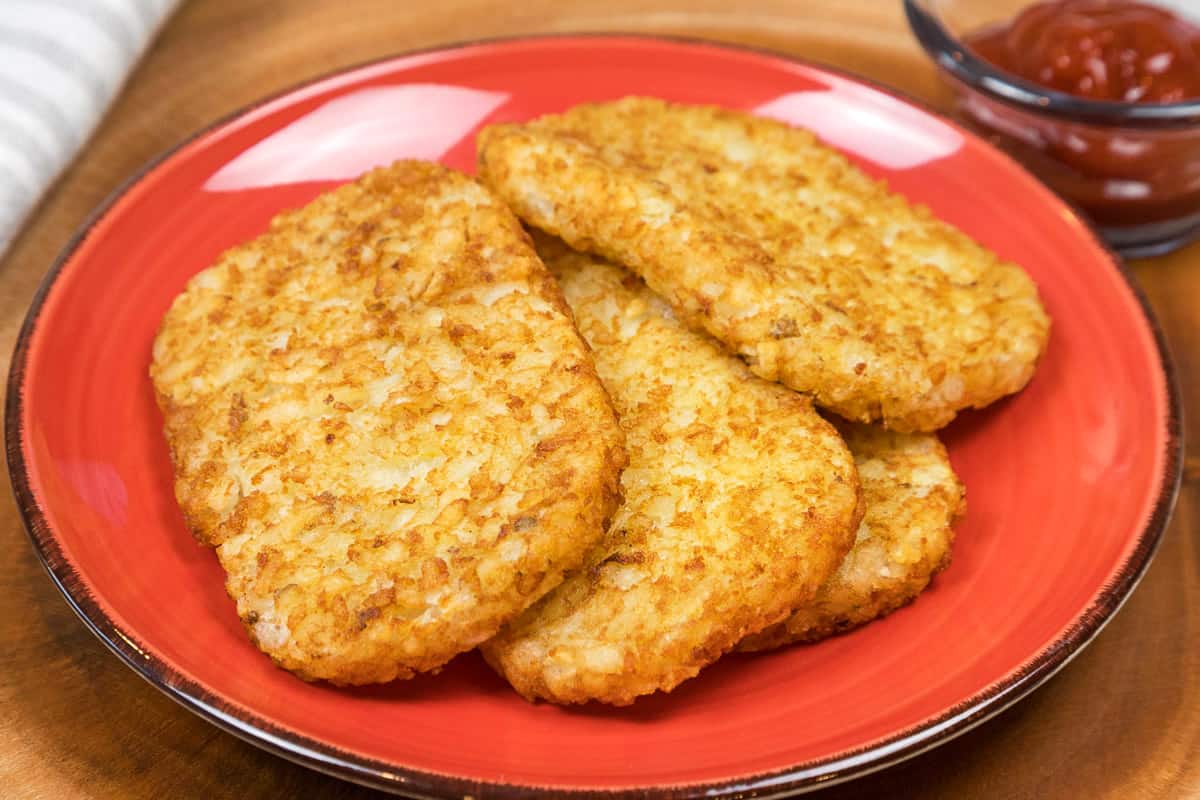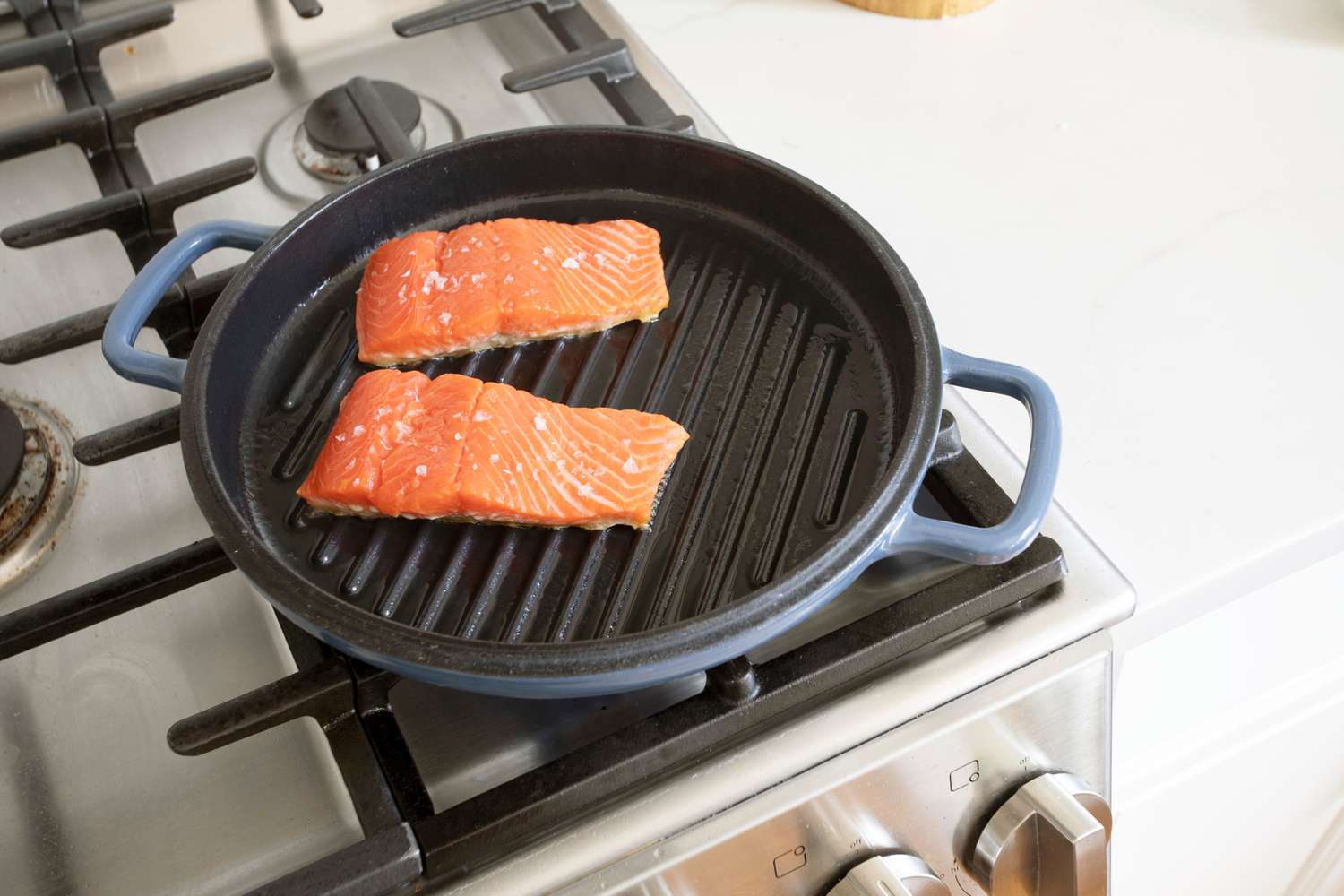Enhance Your BBQ Chicken with Caramelized BBQ Sauce
When it comes to grilling, there’s nothing quite like the sweet and smoky flavor of caramelized BBQ sauce on chicken. The process of caramelizing BBQ sauce on chicken not only adds depth and richness to the flavor but also creates a beautiful glaze that enhances the overall appeal of the dish. Whether you’re a grilling novice or a seasoned BBQ enthusiast, mastering the art of caramelizing BBQ sauce on chicken is a game-changer for your outdoor cooking adventures.
Choosing the Right BBQ Sauce
Before you dive into the caramelization process, it’s essential to start with the right BBQ sauce. Select a high-quality BBQ sauce that complements the natural flavors of the chicken. Whether you prefer a tangy, spicy, or sweet BBQ sauce, make sure it’s a flavor that you enjoy. Additionally, consider the consistency of the sauce. A slightly thicker BBQ sauce tends to caramelize more effectively, creating a luscious glaze on the chicken.
Preparing the Chicken
For the best results, it’s important to prepare the chicken before applying the BBQ sauce. Whether you’re using chicken breasts, thighs, or drumsticks, ensure that the chicken is properly seasoned with salt, pepper, and any other desired spices. This step not only enhances the natural flavor of the chicken but also provides a solid foundation for the caramelized BBQ sauce to adhere to.
Applying the BBQ Sauce
Once the grill is preheated and the chicken is ready, it’s time to apply the BBQ sauce. Generously brush the BBQ sauce onto the chicken, ensuring that it’s evenly coated on all sides. For an extra layer of flavor, consider applying multiple coats of BBQ sauce throughout the grilling process. This will not only intensify the taste of the sauce but also contribute to the development of a beautiful caramelized exterior.
Caramelizing on the Grill
As the chicken cooks on the grill, the sugars in the BBQ sauce will begin to caramelize, creating a delightful crust and a tantalizing aroma. To achieve optimal caramelization, follow these steps:
- Maintain a moderate heat on the grill to prevent burning while allowing the sugars in the BBQ sauce to caramelize gradually.
- Rotate the chicken regularly to ensure even caramelization on all sides.
- Monitor the cooking time to prevent over-caramelization, which can result in a bitter taste.
Final Touches
Once the chicken is cooked through and the BBQ sauce has caramelized to perfection, it’s time to savor the fruits of your labor. Remove the chicken from the grill and allow it to rest for a few minutes. This resting period allows the juices to redistribute, ensuring a moist and flavorful bite with every mouthful.
Before serving, consider adding a final touch of freshly chopped herbs or a drizzle of additional BBQ sauce for an extra burst of flavor.
Conclusion
Mastering the art of caramelizing BBQ sauce on chicken is a surefire way to elevate your grilling game. With the right BBQ sauce, proper preparation, and attentive grilling techniques, you can achieve a delectable caramelized glaze that will have your taste buds singing. So, fire up the grill, grab your favorite BBQ sauce, and get ready to impress your family and friends with a mouthwatering dish that’s bursting with flavor.
